Dylan
Jr. Member
Here is something I found at a garage Sale...
I cannot for the life of me find out anything on this amazing piece.
It is either Cut-Glass or Crystal (no markings)
Faceted, scalloped, and etched
design includes pears and other fruit.
Is very large and heavy and comes with a lid with a pointed finial.
Any information is GREATLY appreciated!!!
I cannot for the life of me find out anything on this amazing piece.
It is either Cut-Glass or Crystal (no markings)
Faceted, scalloped, and etched
design includes pears and other fruit.
Is very large and heavy and comes with a lid with a pointed finial.
Any information is GREATLY appreciated!!!



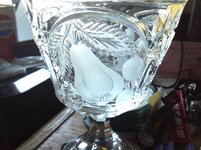
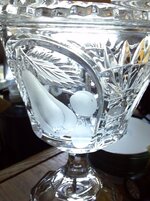
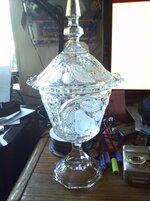
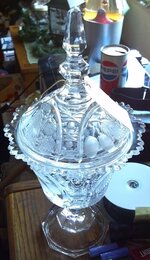
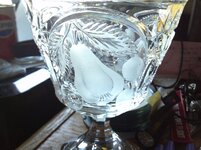
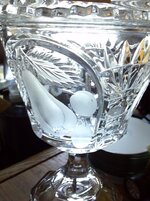

 Dylan
Dylan




